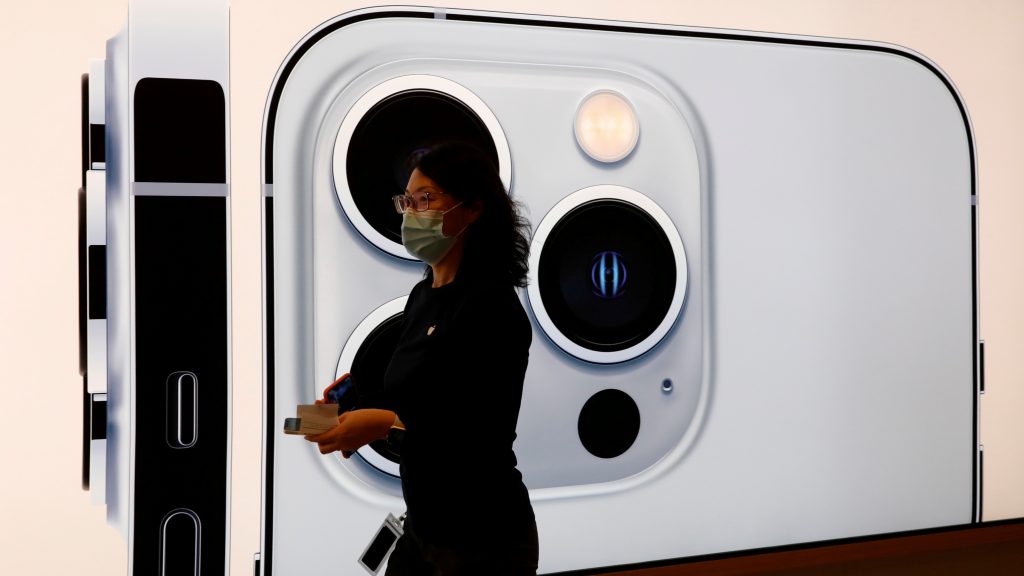
Today’s workplaces face a major challenge: the constant flow of digital information. Whether it’s on computers, tablets, or phones, we’re bombarded with messages and notifications non-stop. This makes it hard to concentrate and easy to procrastinate because distractions are always just a click away.
As a result, our time, attention, and effort are diverted away from what we initially set out to do. And while some distractions can be productive in their own sense – replying to a quick email for example – it can often be hard to get back on track.
To put this into perspective, research the University of California shows that when we get distracted it takes us about 23 minutes and 15 seconds to regain focus on our initial task. So even a short interruption, like taking a few seconds to respond to a colleague, can lead to nearly half an hour of lost productivity.
Add to that, the new hybrid office dynamic, which allows employees to work from anywhere, at any time, and we’re suddenly in a wonderland of distractions. Sound plays a large part of this; for instance, is your washing machine whirring in the background while you read this? Has your doorbell rung?
In this new, sound-cluttered, digital-everywhere environment, it’s more important than ever that leaders support their team to effectively navigate distractions and help them to remain focused, motivated, and engaged. But how?
Eliminate ambient noise.
I can’t be the only one who gets distracted by another team member’s conversation when in the office? And I’m definitely not the only one who is sidetracked when I hear the neighbors bickering outside my front door.
The hybrid working model introduces various disruptive sounds. These background noises, even if they seem minor or blend into the environment, can disrupt concentration, interrupt focus, and hinder employees’ performance potential.
Our study found that even though we may not notice it, our brains can experience significant strain when trying to process digital audio in noisy environments. Many overlook the potential harm this can cause, not just to cognitive resources, but also to our ability to listen effectively and our overall well-being.
So, what’s the solution? Investing in Adaptive Noise Cancellation (ANC) technologies is a key first step. Able to enhance efficiency by up to 40%, these technologies can minimize the effort users’ brains spend listening by up to 67%, freeing up more cognitive capacity, or concentration, to focus on other tasks.
Collaborate with impact.
It’s no secret that the success of any meeting hinges on the active participation of its attendees. Without it? Meetings can seem more like the presenter’s monologue rather than genuine team collaboration.
But virtual meetings add another layer of complexity. From checking your inbox to quickly blending a smoothie, the potential for distraction is endless when you know no one is watching. In fact, according to academic research using Microsoft Teams data – work-related multitasking is common in nearly 30% of all virtual meetings.
However, even when participants do have their cameras on, poor audio can still limit focus.
Leaders must ensure their meeting room tech captures every voice and every face, regardless of room size, or how many participants are dialling in remotely. Plus, by implementing proper video conferencing setups, which include features like intelligent picture framing and wide angled, high-definition cameras, leaders can limit distractions, enhance concentration and foster collaboration.
What more can be done?
Whilst everyone’s attention span differs slightly, I’m sure I speak for many when I say it can be hard to maintain focus for long periods of time. Shortening the length of meetings can go a long way in boosting concentration and nurturing higher levels of engagement. Plus, this can open up more time for other tasks to be completed.
And what if we go one step further? Meetings are fundamental for any team – but sometimes finding the right time can significantly slow down workflows. Tools like shared documents, for instance, can facilitate team communication and collaboration without requiring everyone to be in the same space at the same time. Techniques like this allow employees to reply at their convenience, preserve dedicated deep work hours and honor individual productivity rhythms.
When you do need meetings, leaders must ensure that the minute employees walk into a meeting room, or dial in remotely, the tech that’s supporting them to connect, can do just that.
Ultimately, leaders invested in their company’s future must prioritize empowering their employees and sustaining engagement in the long term. By fostering focus, leveraging technology, and embracing new work styles, organizations can navigate distractions and enhance productivity effectively.
Dorthe Krogh Jensen is Vice President of Global Marketing at EPOS.